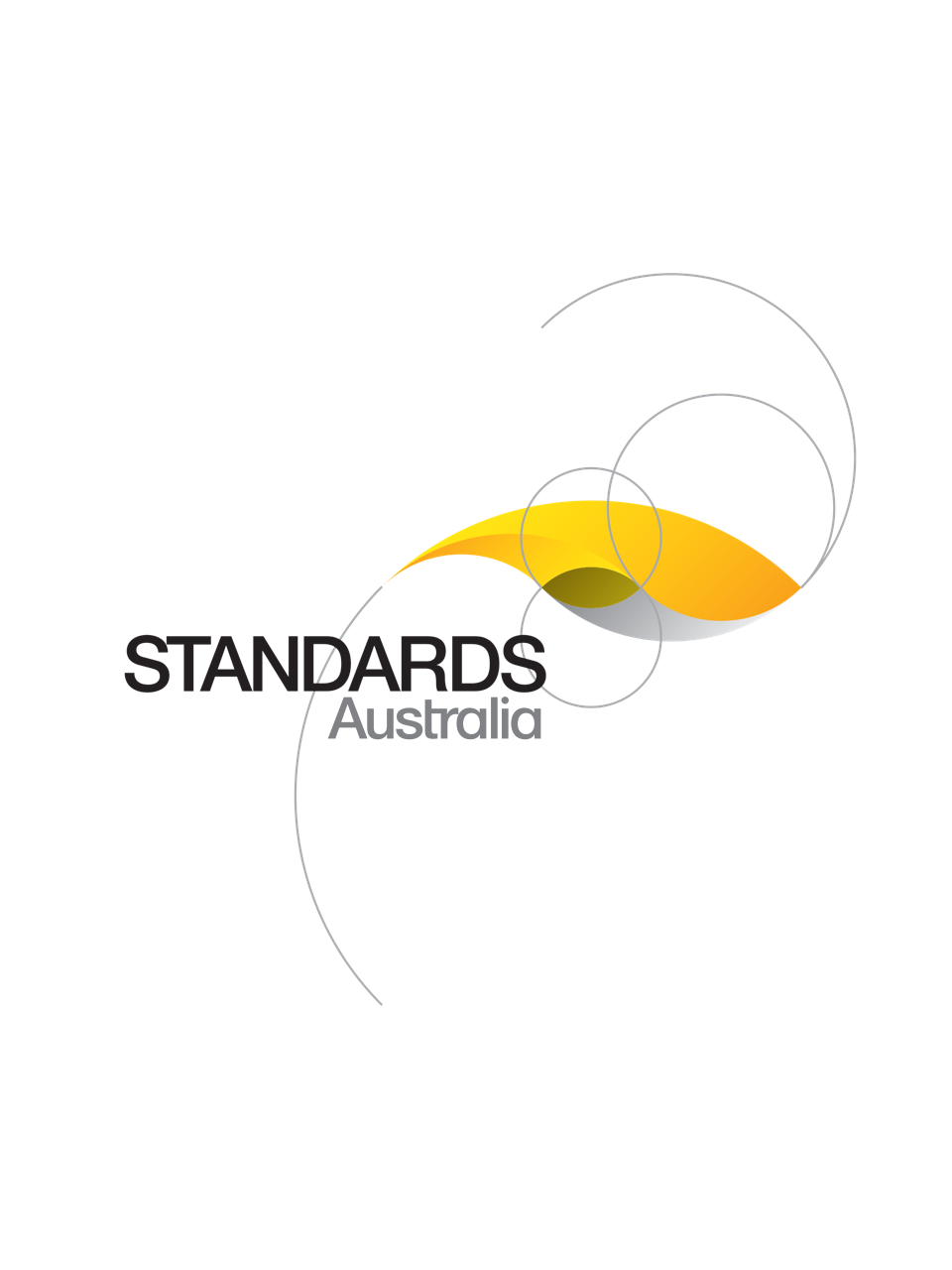Standard
Track updates
AS/NZS ISO 19109:2025
[Current]Geographic information - General feature model and rules for application schema
AS/NZS ISO 19109:2025 defines the General Feature Model (GFM) as the metamodel for creating application schemas in the context of geo-information modelling. The GFM is explained and implemented as rules for creating and documenting application schemas, including principles for the definition of features.
Published: 17/10/2025
Pages: 77
Table of contents
Cited references
Content history
Table of contents
Header
About this publication
Preface
Foreword
Introduction
1 Scope
2 Normative references
3 Terms, definitions, and abbreviated terms
3.1 Terms and definitions
3.2 Abbreviated terms
4 Conformance
4.1 General
4.2 Meta-Model
4.3 Spatial
4.4 Temporal
4.5 Quality
4.6 Spatial referencing by identifiers
4.7 Coverages
4.8 UML application schema
4.9 Profile existing conceptual schema
5 Presentation and abbreviations
5.1 Presentation
5.1.1 General
5.1.2 Conformance class
5.1.3 Requirements class
5.1.4 Provisions
5.1.5 Identifiers
5.1.6 Conceptual schemas
5.1.7 Descriptions of concepts
5.2 Package abbreviations
6 Context
6.1 Purpose of an application schema
6.2 Rationale for defining the rules for application schemas
6.3 Application schemas supporting data interchange
7 General feature model
7.1 Principle for defining features
7.1.1 Features, coverages and properties
7.1.1.1 Features
7.1.1.2 Coverages
7.1.1.3 Properties and observations
7.1.2 Essential properties of features
7.2 The Concept of the General Feature Model
7.2.1 Introduction
7.2.2 The purpose of the GFM
7.3 Conceptual Schema of the General Feature Model
7.3.1 The structure of the GFM
7.3.2 The main part of the GFM
7.3.3 Metaclass IdentifiedType
7.3.4 Metaclass FeatureType
7.3.5 Metaclass PropertyType
7.3.6 Metaclass AttributeType
7.3.7 Metaclass FeatureAssociationRole
7.3.8 Metaclass ValueAssignment
7.3.9 Metaclass FeatureAssociationType
7.3.10 Metaclass InheritanceRelation
7.4 Attributes of feature types
7.4.1 Introduction
7.4.2 Metaclass SpatialAttributeType
7.4.3 Metaclass TemporalAttributeType
7.4.4 Metaclass QualityAttributeType
7.4.5 Metaclass LocationAttributeType
7.4.6 Metaclass MetadataAttributeType
7.4.7 Metaclass ThematicAttributeType
7.4.8 Metaclass CoverageFunctionAttributeType
7.5 Relationships between feature types
7.5.1 Introduction
7.5.2 Metaclass InheritanceRelation
7.5.3 Metaclass FeatureAssociationType
7.6 Constraints
8 Rules for application schemas
8.1 The application modelling process
8.1.1 Introduction
8.1.2 Features and the application schema
8.2 General rules for application schemas
8.2.1 Rule for using CSLs
8.2.2 Rule for integration
8.2.3 Rules for modelling features
8.2.4 Rule for property names
8.2.5 Rule for attributes
8.2.6 Rule for association roles
8.2.7 Rule for value assignments
8.2.8 Rule for feature associations
8.2.9 Rule for inheritance relations
8.3 Rules for use of spatial schemas
8.3.1 Rules for modelling applications with spatial properties
8.3.2 Use of standard spatial schemas
8.3.3 Rule for spatial attributes
8.3.4 Use of geometric collections and spatial complexes to represent the values of spatial attributes of features
8.3.4.1 Introduction
8.3.4.2 Geometric collections
8.3.4.3 Geometric complexes
8.3.4.4 Topological complexes
8.3.5 Spatial associations between features
8.3.6 Features sharing geometry
8.3.7 Point features, line features and area features
8.3.8 Defining interpolation methods
8.3.9 Independent spatial complexes
8.4 Rules for use of temporal schemas
8.4.1 Rules for modelling applications with temporal properties
8.4.2 Use of temporal conceptual schema
8.4.3 Rule for temporal attributes
8.4.4 Temporal associations between features
8.4.4.1 Types of relationships
8.4.4.2 Simple temporal associations
8.5 Rules for use of quality schemas
8.5.1 Introduction
8.5.2 Data quality rules
8.5.2.1 Rule for reporting quality information for instances of data
8.5.2.2 Reporting additional quality information
8.6 Rule for use of geographic identifiers
8.7 Use of metadata
8.8 Rule for use of coverage functions
8.9 Use of observations
8.10 Rules for application schemas in UML
8.10.1 General
8.10.2 Rules for conceptual schema language for application schemas
8.10.3 Rule for packaging and identification of an application schema
8.10.4 Documentation of an application schema
8.10.5 Rules for integration of application schemas and abstract schemas
8.10.6 Rules for modelling structures in UML
8.10.6.1 Rule for feature
8.10.6.2 Rule for association
8.10.6.3 Rule for attributes
8.10.6.4 Rule for association roles
8.10.6.5 Rule for property names
8.10.6.6 Rule for value assignment
8.10.6.7 Rule for operation
8.10.6.8 Rule for inheritance
8.10.7 Linguistic adaptation
8.11 Rules for domain profiles of existing conceptual schemas in UML
8.11.1 Introduction
8.11.2 Rule for adding information to an existing conceptual schema
8.11.3 Rule for tailored use of an existing conceptual schema
Annex A
A.1 Introduction
A.2 Meta-model
A.2.1 Conceptual schema language
A.2.2 Schema integration
A.2.3 Features
A.2.4 Value assignment
A.2.5 Feature associations
A.2.6 Feature inheritance
A.3 Spatial elements
A.4 Temporal elements
A.5 Use of quality schemas
A.6 Spatial referencing using geographic identifiers
A.7 Coverages
A.8 Creating application schemas in UML
A.8.1 UML profile
A.8.2 Packaging
A.8.3 Integrating an application schema
A.8.4 Modelling features
A.8.5 Value assignment
A.8.6 Feature inheritance
A.9 Profiling
A.9.1 Profiling existing conceptual schemas Extension
A.9.2 Restriction
Annex B
B.1 The four-layer architecture
B.1.1 Introduction
B.1.2 The Meta Meta level and the Meta level
B.1.3 The Meta level and the Application level
B.1.4 The Application level and the Data level
B.1.5 The General Feature Model and the conceptual schema language of the application schema
B.2 The term “feature”
Annex C
C.1 Utility network
C.1.1 Introduction
C.1.2 The application schema
C.1.3 An example of the document on Utility Network
C.1.3.1 Substation
C.1.3.2 Main Substation
C.1.3.3 Tower Substation
C.1.3.4 Transmission Line
C.1.3.5 Utility Network
C.2 Administrative units
C.2.1 Introduction
C.2.2 The application schema in UML
Annex D
Bibliography
Cited references in this standard
One-time Purchase
Access via web browser on any device
One-time purchase
Single publication
Offline access via PDF^
$275.61 AUD
Inclusive of GSTFormat *
Web Reader
Licenses *
1 License (for yourself - not shareable)
Total$275.61 AUD
IMPORTANT
